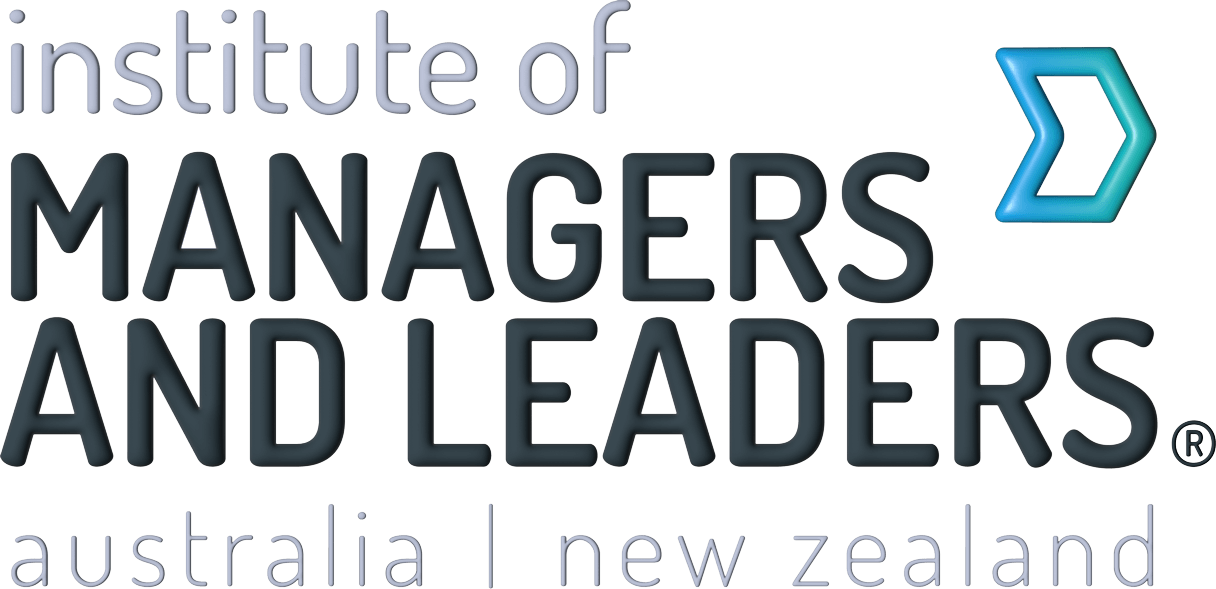By Michelle Gibbings CMgr FIML
Recently, the eldest boy of family friends was showing his younger brother how to do something. It was fascinating, and at times slightly comical, to watch as he demonstrated the action, and then his younger brother emulated the action step by step.
The younger brother wasn’t thinking about what to do; whether it was the correct thing to do, the right way or any other piece of analysis, he just did it. Looking up to his brother, he just followed the leader.
This learning by watching others, particularly from people we look up to or hold positions of power, doesn’t cease when childhood finishes. It follows into adulthood.
From a theoretical perspective, this is Social Learning theory. Identified by Psychologist, Albert Bandura in 1977, this theory explains how we learn by observing others. We imitate the behaviour of others; with mimicry being an essential part of social bonding. We can adopt another person’s attitude and their emotional reactions. Much of how a person thinks and acts results from socialisation and by looking at others’ behaviour.
Like everything in life, the learning that rubs off can be positive or negative. As J Philippe Rushton suggests learning by observing others is a powerful influence on prosocial behaviour; that is, positive behaviour directed toward others. He notes in the book, The Development of Prosocial Behaviour:
“From the social learning point of view, the degree to which a person engages in prosocial behaviour, as well as the frequency and patterning of that behaviour, is largely the result of the person’s previous learning history. In other words, a person is honest, generous, helpful, and compassionate to the degree to which he or she has learned to be so”.
Leaders on display
Whether a leader likes it or not, their leadership is under constant scrutiny. What a leader says (and doesn’t say) and what they do (and don’t do) is assessed and followed.
Employees tend to emulate the behaviour they experience from their leader. Researchers from the Kelley School of Business found the best predictor of a manager’s aversive leadership (i.e. behaviour involving threats and intimidation) was aversive leadership from their manager. Similarly, a joint study, by Vanderbilt University, Cornell University and the University of Illinois, of 1527 full-time employees at 94 hotels across the United States and Canada found a positive correlation between middle managers’ satisfaction with their senior managers and the line employees’ satisfaction with their middle managers.
It’s a trickle-down effect. When senior leaders mistreat their direct reports, this dysfunction cascades down the organisational hierarchy.
Get objective data
When you are in a leadership role or any role which holds power, people will look to your behaviour to see what sets the standard. No doubt you’ll have heard of phrases such as ‘What you step over you endorse’, ‘The fish rots from the head’ and ‘Set the standard you mean to follow’.
Leaders must challenge themselves and identify whether their behaviour and their expectations of others are misaligned. It’s crucial to understand the impact your behaviour is having. Is it positive or negative? Is your behaviour consistent and aligned with your values? Or is there a gap between your stated values and your values in action?

Self-assessments, such as this, are fraught with danger. You might be too easy or too hard on yourself. The best way to get a good perspective on how you see yourself and the reality of how people experience working with you is to get objective 360-degree feedback.
During my corporate career, I participated in several 360-degree feedback processes. Every assessment tool helped me understand myself better. Sometimes the feedback was easy to take, and other times not so easy. I learned to take an open heart and a curious mind into the process and embrace the learnings that came through the process.
Do the groundwork
The benefits from this approach are the flow on to team engagement and motivation. Team members and colleagues will recognise and appreciate the efforts you make to connect with them and your willingness to learn and elevate your leadership. With that approach in place, they’ll be more willing to engage, innovate, learn and try new things as they strive to secure progress in an ever-changing and complex working world.
It’s a timely reminder of the words of the American novelist and poet, Wendell Berry, who said: “It is not from ourselves that we learn to be better than we are”.
So, what are you willing to learn about yourself today?
Michelle Gibbings is a fellow of IML ANZ and a Chartered Manager. She is also the author of the books Step Up: How to Build Your Influence at Work and Career Leap: How to Reinvent and Liberate Your Career. Her latest book is Bad Boss: What to do if you work for one or are one.


